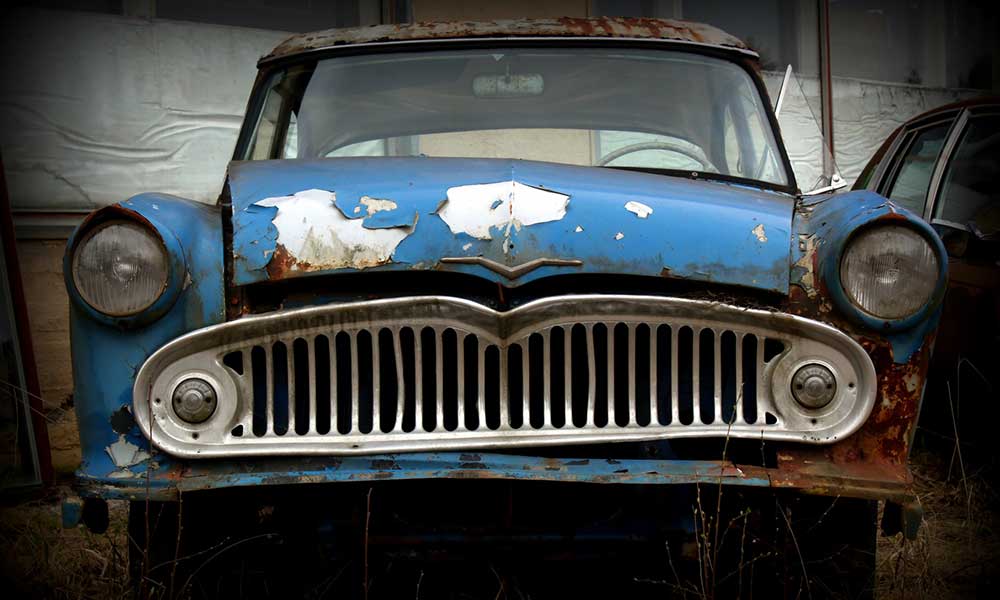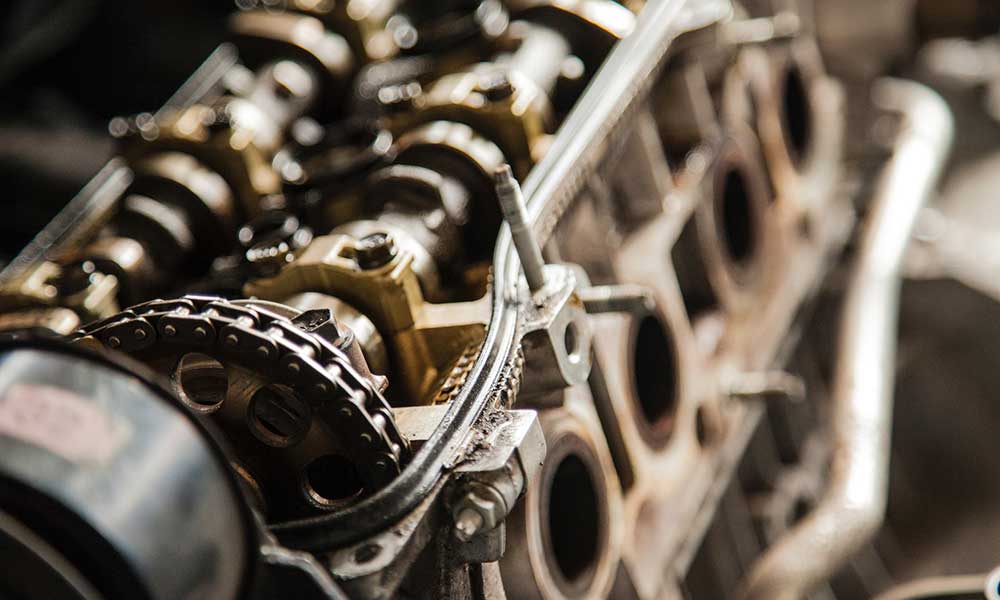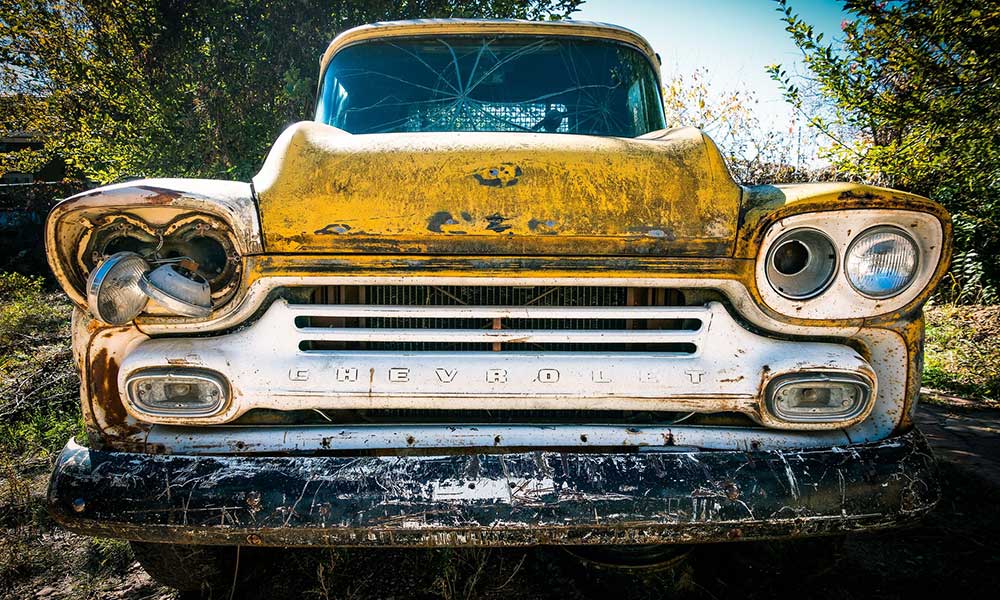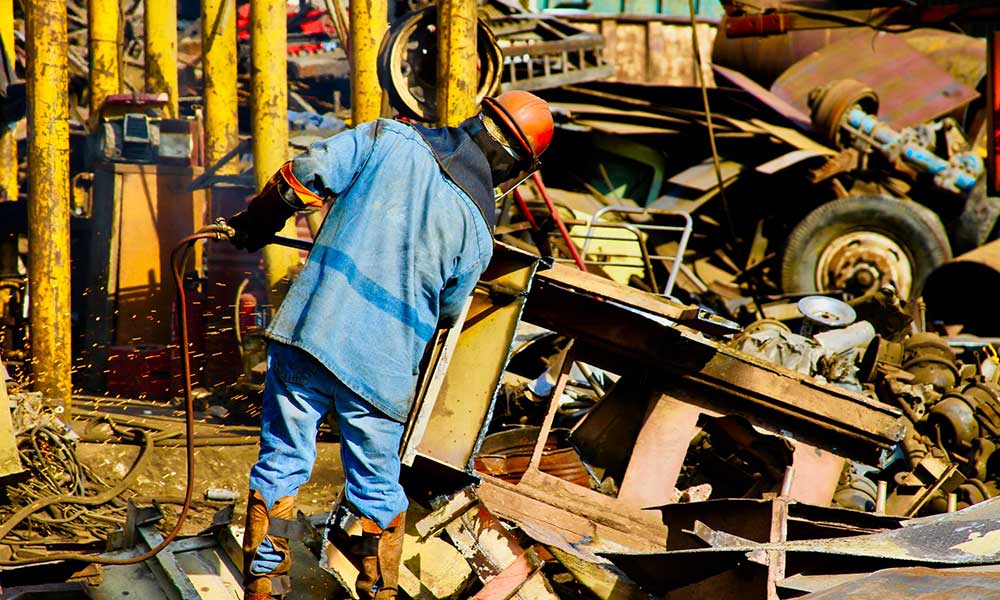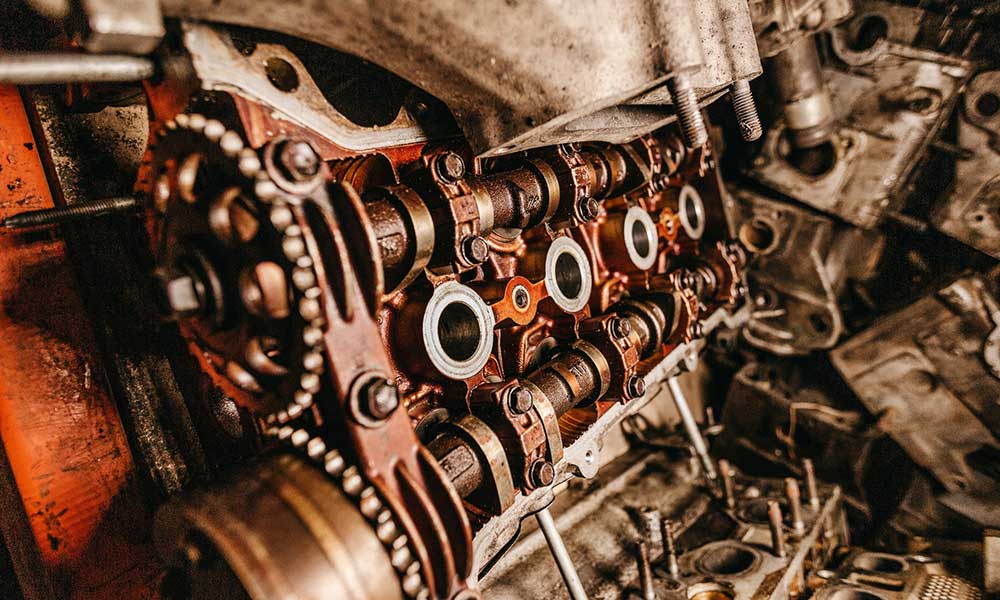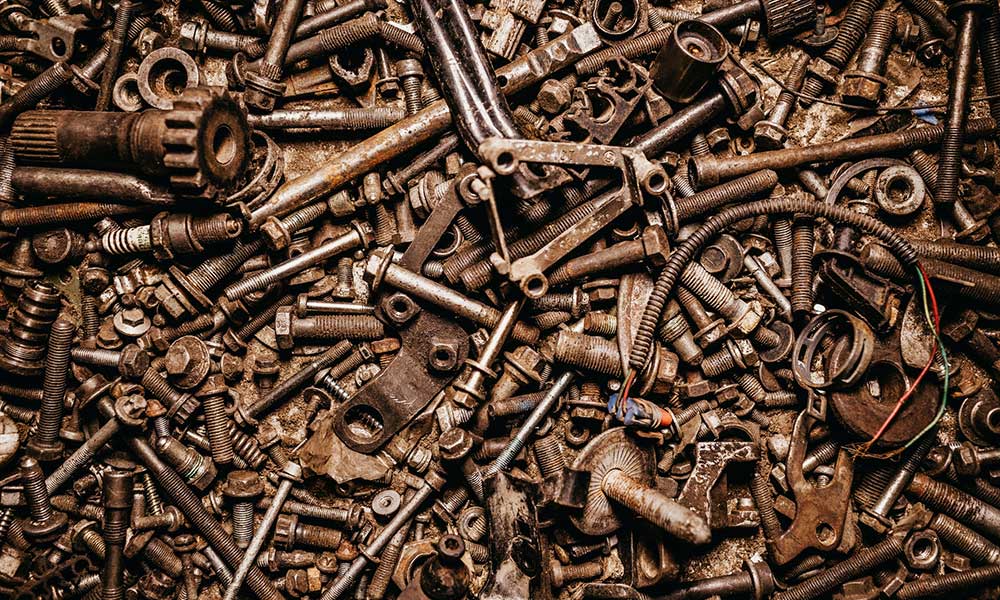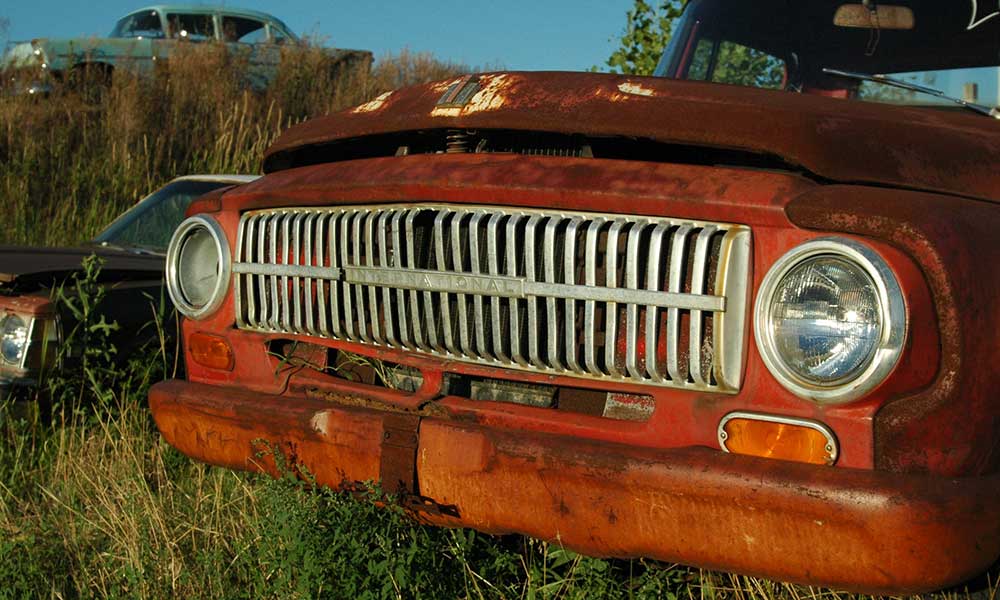If you’re selling a salvage title vehicle in California, it’s important to know the laws, as you could fall foul of them and find yourself in serious trouble. It doesn’t matter if it’s a revived salvage or not, there are still rules and you need to abide by them.
Buying and Using a Salvage Vehicle in California
Most salvage vehicles are sold to dealers or junkyards. They are salvaged for parts and then sold for their scrap metal value. Some of them are also repaired and revived, which creates additional opportunities for profit. However, the value of the vehicle will be reduced by its salvage title, and so this isn’t always a viable option.
As a buyer of a salvage vehicle, there are a few things you need to keep in mind.
Firstly, you probably can’t drive it off the lot and it’s going to need some extensive repair work before you can do anything with it. Most salvage vehicles have been involved in an accident and have been written off by insurance companies, which means they have deemed that the repair work would cost more than the value of the vehicle.
If you’re a mechanic who doesn’t need to pay for labor and you can get parts cheaply, it’s possible to revive and profit from a salvage vehicle. You can also use it yourself.
In such cases, you will need to keep track of all the repairs that you make and then book an inspection with the California Highway Patrol (CHP). This is where things get tricky, more so than many people realize.
If the vehicle passes the inspection with the CHP, it can be registered as a revived salvage vehicle, but that doesn’t mean that it’s going to have the same value of non-salvaged vehicles with similar parts. It also doesn’t guarantee that you will be able to insure the vehicle, as many insurance carriers aren’t interested in covering salvaged vehicles and if you do find one, you may end up paying more than you budgeted for.
Most car insurance companies will only offer liability protection and will not provide you with comprehensive and collision coverage. This means that you are protected for the damage that you do to other property and drivers but not for the damage done to your own vehicle. That’s because the risk of damage, and the cost of repair, is much higher in a salvage title vehicle.
To register a salvaged vehicle in California, you will need all of the following:
- Application for a registration or title
- A bill of sale or other proof of ownership
- A Certification of Inspection from the California Highway Patrol
- Light and brake adjustment certificates
- Title and registration fees
You can get more information at the California Department of Motor Vehicles (DMV).
Selling a Salvage Title Vehicle in California
If you are selling a revived salvage car, you need to let the buyer know and make it very clear that they acknowledge what they are buying. You can also sell one of these vehicles to a junkyard, where it will be salvaged and scrapped, although if you’ve gone to the effort of repairing it and getting it up and running again, that’s probably the last thing on your mind.
FAQs About Salvage Vehicles in California
Do you still have a question about buying or selling a salvage title vehicle in California? Take a look at these quick FAQs to help you understand the potential risk and reward of salvage cars in the Golden State.
How Do I Get a Salvage Certificate in California?
If the car has been classified as a total loss by the insurance company, then the process for acquiring the necessary certificate will begin. The insurance company will take the title from the vehicle owner and apply for a salvage certificate from your local Department of Motor Vehicles (DMV).
The certificate will be in the name of the insurance company, which will then seek to sell the car through auction.
Can a Salvage Title be Cleared in California?
No. Salvage titles can be marked as “revived”, but they will never be completely cleared. It benefits buyers and car insurance companies to know if a vehicle has been involved in an accident and has had a problematic history, and you can’t erase that.
How Can I Register a Salvage Car in California?
You will need to make the necessary repairs, bring it up to scratch, and then pass the California Highway Patrol inspection.
How Much Does it Cost to Run a Salvage Car in California?
There are several fees involved. You have to pay $22 for a salvage certificate, $50 for an inspection, and then cover additional registration fees. And that’s before you think about car insurance and all the repair costs.
Should I Buy a Salvage Title Car in California?
It’s up to you. If you have the money to pay for the repairs and the time to get the car back up and running, it’s worth considering. You can get some decent cars from a salvage yard and it might make for an interesting new project. Just don’t expect it to be easy or cheap!
Can I Get Insurance Coverage?
Many car insurance carriers won’t provide you with collision or comprehensive coverage, but you should be able to get some basic coverage.

